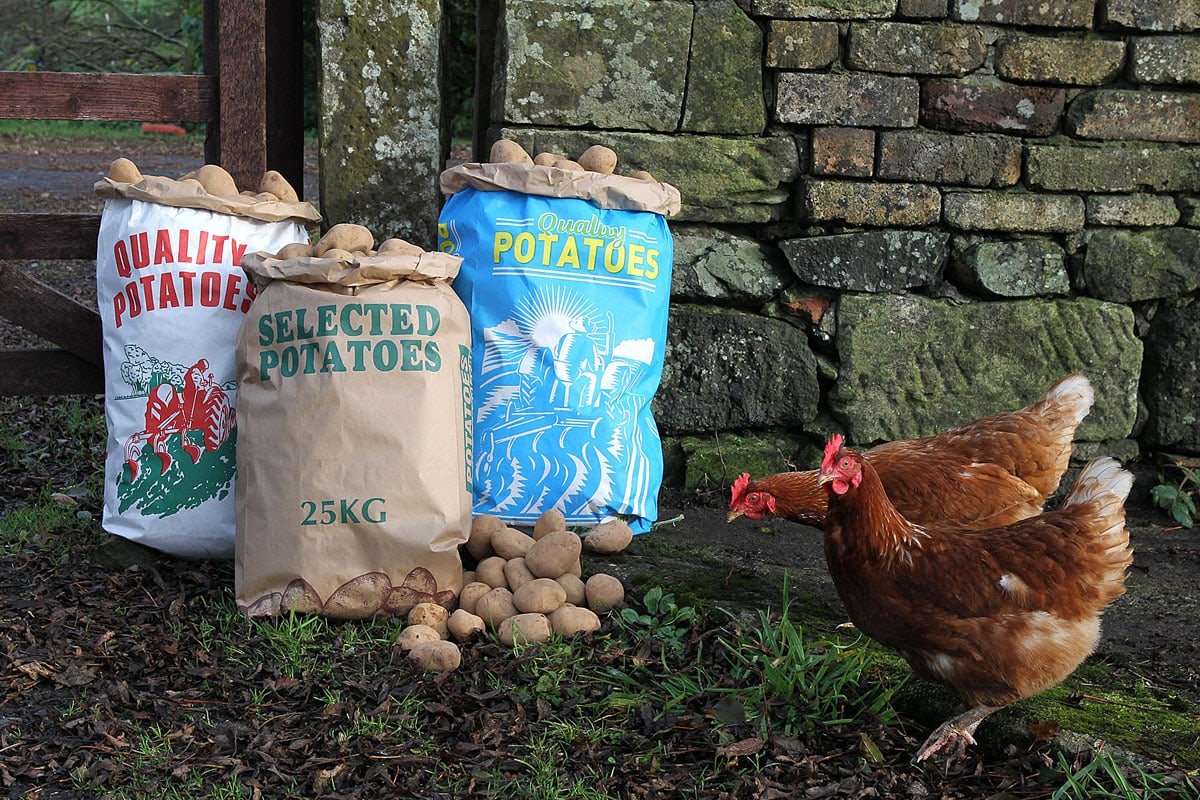DESIRABLE SUSTAINABILITY PT 3: Iterate vs Innovate
Image ©ClothCollective
This post is 3rd in a 5-part series from our talk at London Packaging Week on the Luxury Unboxed stage as a part of the Pentawards: Capital of Design Sessions in 2022.
If you haven’t read the first two instalments go back and give them a look!
INNOVATE VS ITERATE
Cloth Collective is a sustainably led contemporary textile studio & dye house.
Natural dyeing fell out of use around 150 years ago with the discovery of synthetic dyes which were inexpensive to make and could be produced in huge quantities for commercial dyeing, and they’re still used today. The problem is, whilst they’re convenient they’re also hugely polluting to both our waterways and our health.
This was a problem that Cloth wanted to solve.
So they’ve revived natural dyeing, and in order to remove pollutants and eradicate toxins from our homes & wardrobe, are inspiring the interiors & fashion markets to embrace ‘clean’ textiles by producing chic, non-toxic, fully compostable fabrics, coloured with natural dyes.
As you can imagine, simmering hemp in saucepans of dyes made from food waste & foraged botanicals doesn’t exactly conjure a luxurious image, so we had to work hard on Cloth’s identity, art direction & brand language to change the perception of natural dyeing from hippy, cottagey & ‘eco’ and make it contemporary, natural & luxury - positioning them as ‘alchemists of natural colour’
As a result, since their inception, they’ve collaborated with luxury brands such as atelier Anna Mason, natural paint expert Edward Bulmer, and London-based footwear label, Le Monde Beryl.
THE CHALLENGE
As a part of this journey, we had to consider how Cloth’s orders would be received by their clients.
Plastic was obviously a no-no, and bio-plastics had totally the wrong feel and just wasn’t the first impression we wanted to make.
As ever with a start-up brand, cost is always a factor, so we didn’t have the budget to innovate a brand-new solution and or pay for bespoke paper mailing bags with their high MOQs and branding costs.
THE SOLUTION
With such a narrow budget, we had to go back to basics.
Look at things differently - look at what already existed that we could repurpose for our needs.
And by doing so we ended up with a solution that ticked all the boxes;
*CUE SEXY M&S NARRATION*
• Strong, durable natural material…
• Double folded, stitched seams…
• Wide gussets for greater capacity
• Moisture-resistant yet breathable
• Made entirely in Britain
• AND, best of all, we could personalise it
This isn’t just any paper bag…
…it’s a potato paper bag.
The potato bag is the perfect blend of functionality and novel aesthetic appeal.
It’s durable enough to be reused and due to being made with only unbleached recycled paper and cotton, the materials are both recyclable & home compostable which perfectly aligned with Cloth’s wider mission - chic, non-toxic, fully compostable.
And importantly, it was cost-effective.
Sustainability is not just environmental.
Your solutions need to be able to sustain your business, your employees and serve your audience.
So in this instance, iterating was smarter than innovating.
Cloth collective potato sack mailer.



